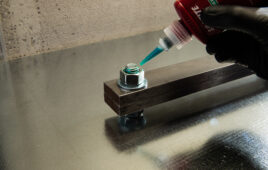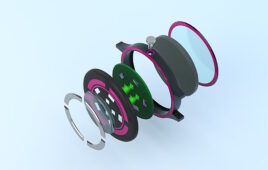Hot-melt adhesive is a thermoplastic that’s melted, typically using a glue gun, and applied in a molten state. As it cools it solidifies and forms a bond. Reactive hot-melt adhesives are largely used in the automotive and transportation, furniture and upholstery, lamination, doors and windows, and textile applications.

To learn more or download the report, click here.
According to MarketsandMarkets‘ new research report, Reactive Hot Melt Adhesives Market, the market size for reactive hot-melt adhesives is projected to grow from U.S. $1.2 billion in 2020 to USD 1.8 Billion by 2025, at a CAGR of 8.3%.
Liquid reactive hot-melt adhesives are preferred by the major manufacturers owing to its low cost, high-impact resistance, and extraordinary elasticity and high-strength bonding capability. It also adheres to wide range of substrates, such as ceramics, metal, derived timber products, metals, mineral fibers, synthetic resin, cemented materials, rigid foams, and recycled materials.
Currently, the automotive and transportation sector is the fastest-growing segment of the overall reactive hot-melt adhesives market. These adhesives are used extensively in the automotive industry for developing lightweight designs, improving performance, and fabricating structure by using carbon fiber composites, glass fiber-reinforced composites, aluminum, and other multi-materials.
The North American market is leading the industry for holt melts and is growing at a moderate rate, with the maturity of the automotive, woodworking, and construction sectors. Although the North American automotive industry has been through an economic downturn, the decrease in unemployment rates and the increase in per capita income have increased the overall demand for automobiles in the region.
The key players profiled in the reactive hot-melt adhesive industry areHenkel AG, H.B. Fuller Company, 3M Company, and Jowat SE.





Really interesting